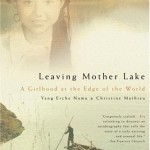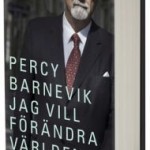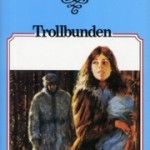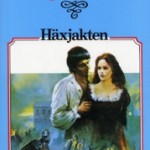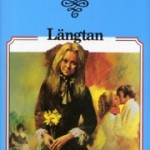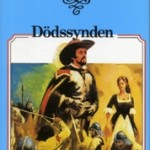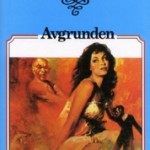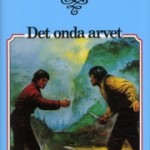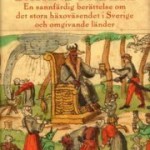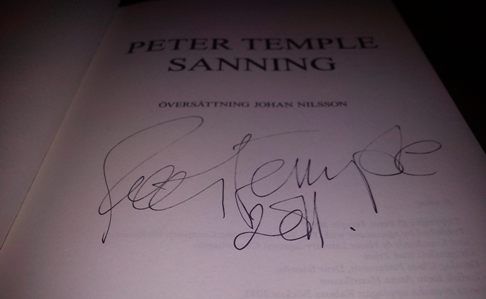To discover things unknown, was the very beginning of what we today call science. From hundreds, thousands, of years back, humans have tried to describe the world around them – to understand why things are as they are and how things will be. It started with consulting the stars… the mesopotamia, egypt, and the arabs. To find answers in the sky have always been present to this day.
Disciplines have been many: astrology, alchemy, math… but the further we get, the more questions arise. It is not always as clear as it seems, and some things are not always as difficult. I am currently reading a book by Rasmus Dahlberg: Det avgörande ögonblicket (eng. The defining moment) – where he writes about the unlikely causes of major world changing events in history. In the introduction Rasmus correlates historical moments and how they come to pass with mathematical equations and similarities to caos theory. A quotation stuck with me, of Pierre Simon de Laplace’s description of the goal of mathematics:
After the days of Newton, the goal of science came to mapping all the equations ruling the universe, from its smallest to its largest pieces. Thereafter, it would be possible, from everything’s position at a set time, to calculate how everything would act in the future. And for someone with this knowledge, nothing would be impossible.
(Freely translated from Swedish.)
Page 14, Det avgörande ögonblicket by Rasmus Dahlberg
Rasmus continues to write a short history of mathematics up to this day and the start of caos theory – he relates this to the happenings of history, how things are not always as they seem – and how they may have the most unlikely of causes. He writes of Lorenz, a meteorologist in the 1960′s, who, by sheer mistake of three decimals, corresponding to the flutter of a butterfly’s wing, came to the prediction of a hurricane on the other side of the earth.

The Lorenz Attractor (google search)

